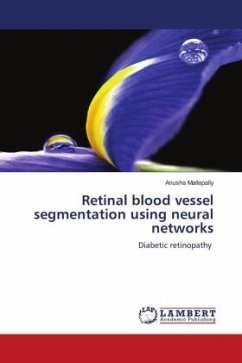Diabetic retinopathy is now recognized as an inflammatory and neuro-vascular complication, with neuronal injury/dysfunction preceding clinical microvascular damage. Importantly, the same pathophysiological mechanisms that damage the pancreatic beta-cell (such as inflammation, epigenetic changes, insulin resistance, fuel excess, and abnormal metabolic environment) also lead to cell and tissue damage, causing organ dysfunction and elevating the risk of all complications, including diabetic retinopathy. Viewing diabetic retinopathy within the context of diabetes and its complications arising from common pathophysiological factors allows for the consideration of a wider range of potential ocular and systemic treatments for this common and devastating complication. Moreover, it emphasizes the importance of methods that provide more timely detection and prediction of the disease course, in order to address early damage to the neurovascular unit prior to the clinical observation of microangiopathy.








